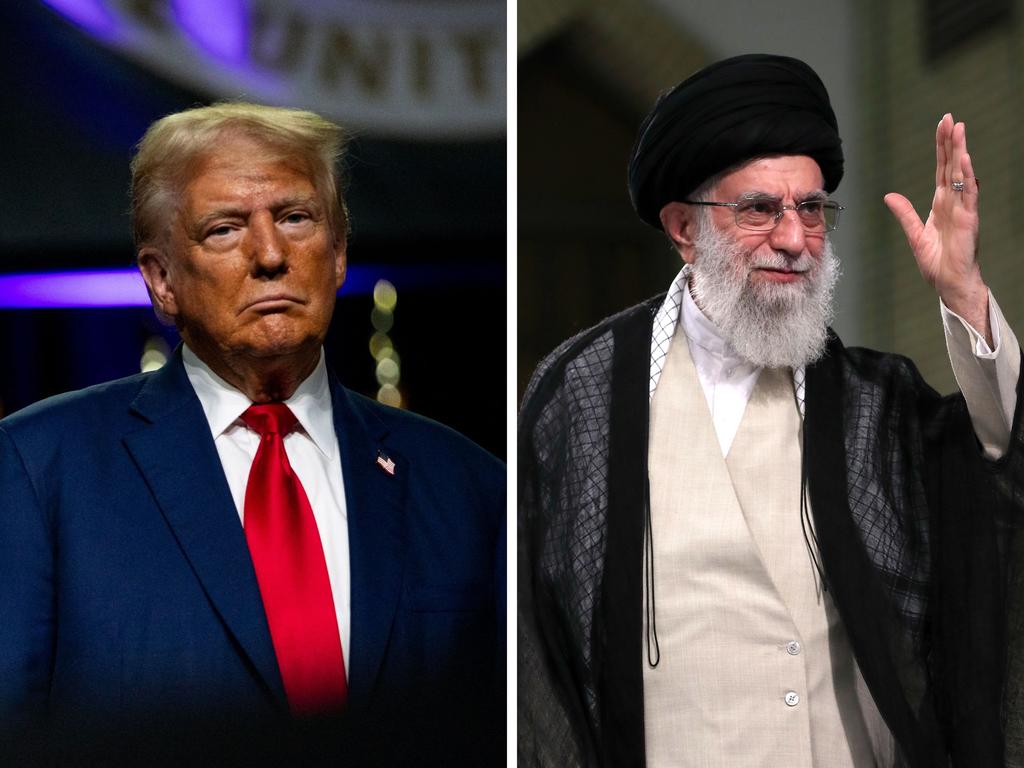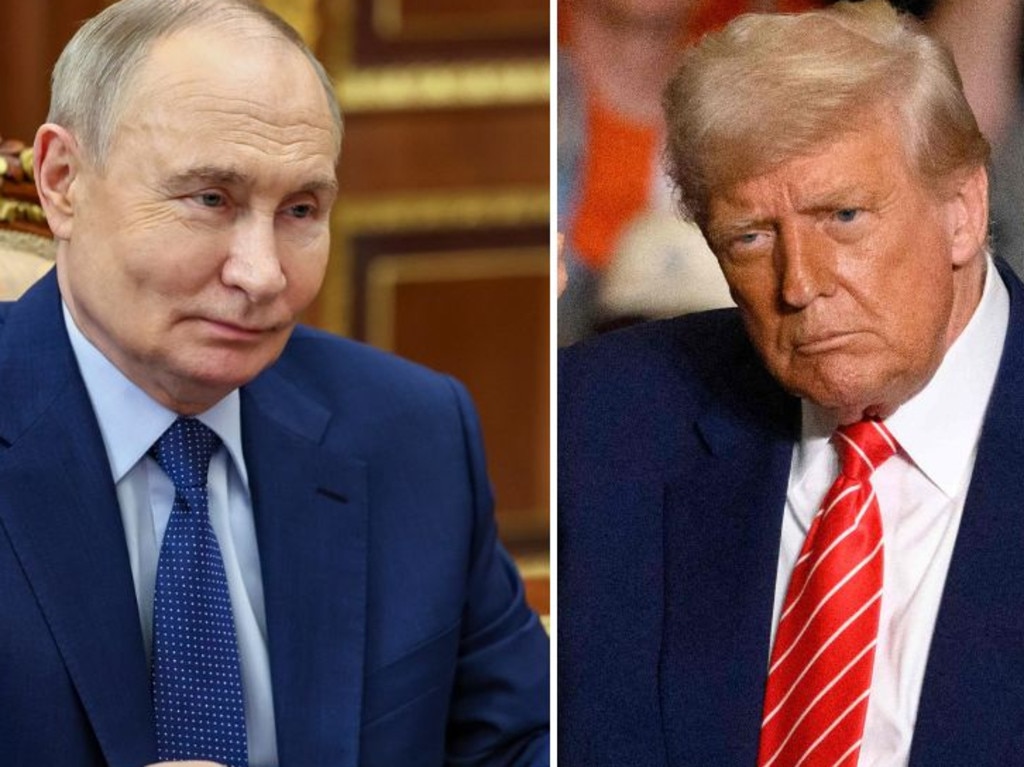‘Crinks’ Nuclear gang is Trump’s biggest test

His Iran policy was predictable – halt multipolar diplomacy, wave a stick, squeeze Tehran’s proxies.
On North Korea he tried a different tack, wooing the callow dictator Kim Jong-un. Before a 2018 Trump-Kim summit, the US team put together a cheesy four-minute film that set out the deal: prosperity and glamour for the North Korean hermit state in return for getting rid of its nukes. The clip’s payoff line: “Two men, two leaders, one destiny.”

The North Korean delegation were given iPads to view the film and couldn’t make head or tail of it.
As for Iran, though sapped by Israeli hammering of its foreign legions, it appears as dangerous today as it was under Trump first time around.
Now these two issues have to be resolved and not merely as part of a vanity project climaxing with a Nobel peace gong. The fact is, the inchoate policies of Trump 1 led to the deeper integration of China, Russia, Iran and North Korea, the so-called Crinks, to such a degree that they together form the biggest foreign security challenge to Trump 2.
In the past, the US has never had to deal with more than one nuclear peer.
Today, driven closer by the Kremlin’s war against Ukraine, China and Russia have to be viewed as an intimately linked double-headed nuclear-armed competitor.
Add nuclear North Korea – by some counts, the world’s fourth-largest active army after China, India and the US, with its 1.3 million troops. Russia comes in fifth with its battle-hardened (aka knackered) forces.

Trump’s America is outnumbered by its strategic competitors. North Korea has 60 or 70 nuclear warheads and plans to build 150 more by 2027.
China has renewed its mutual defence treaty with the North Koreans and joins Russia in military exercises off the Korean peninsula.
Kim, like Iran and Russia, uses Chinese surveillance tech to turn the screws on his subjects. China bankrolls Kim and in return enlists North Korea’s increasingly professional cryptocurrency hackers.
Meanwhile, Kim supplies Russia with 14,000 soldiers and many tonnes of ammunition – and receives a complete upgrade of electronic warfare kit. It used to be that Kim would play off support from China and Russia, both neighbours, against each other. That has changed. If China tries to blockade or snatch Taiwan, North Korea will be an important ally, perhaps mounting diversionary action against South Korea.
The US dream of splitting Russia and China has been rendered redundant by the long slog of the Ukrainian invasion. Russia sells its gas to China; Chinese goods comprise some 38 per cent of all imports to Moscow. At least $9 billion of dual-use goods made in China have flowed into Russia since 2022.
They have their differences but seem solid. And Kim has made plain he can’t be bought off by Trump; it is more important to the North Korean leader to be feared as a fully respected Crink than as an American poodle. Yes, Trump admired North Korea’s beaches, but he also praised Gaza’s sandy seaside.
How, then, is Trump to proceed? The weak link in the Crinks is Iran. As soon as Iran goes nuclear, starts testing and pooling expertise with the Russians and Chinese, a disruptive “gang of four” will have the capacity to fight separately but simultaneously.
As the Stanford scholar Oriana Skylar Mastro argues, US forces are structured to fight one major war while deterring smaller regional conflicts.
“That means,” she says, “if war were raging in Europe, in the Middle East, on the Korean peninsula and over Taiwan, the US would have to leave all but one of those theatres to largely fend for itself.” That’s the power of a fully nuked-up Crink axis: the ability to force American retreat across the globe.

There have been five rounds of Trump 2 negotiations with Iran so far and they have stumbled on two hurdles.
The first: how weak is Iran really? It is rebuilding its position in Lebanon, the Houthis in Yemen are still active and it counts on its allies to enable it to cheat its way through the final stages of nuclearisation. Vladimir Putin has told Trump he can enrich Iranian uranium to a limited suitable-for-medical use degree. Is Russia to be trusted? No. Is Trump naive enough to accept Putin’s offer? Hmm.
Second, governors of the International Atomic Energy Agency are set this week to rule Iran in breach of non-enrichment pledges. On October 18, key clauses of the Iran nuclear deal (still adhered to by the European signatories, though not by Trump) are due to expire. Since progress towards weapons-grade uranium has been so rapid, ruinous snap-back sanctions may be triggered, leading a defiant Iran to manufacture a nuclear bomb at the double. Potentially the world’s worst proliferation since North Korea’s first nuclear tests two decades ago.

Trump’s instinct will be to play for time. The frail supreme leader Ayatollah Khamenei, a fierce champion of an unbridled nuclear program, is 86. If negotiations could be dragged out, a succession power play in Tehran might make a settlement easier. But Washington hawks may persuade Trump that delay is weakness. They argue that the supreme leader needs to be presented with a credible military threat and given a clear choice between continuing the weaponised nuclear program and the survival of the clerical regime. Trump’s biggest test is fast approaching.
The Times







Donald Trump faced two big nuclear challenges in his first term: North Korea, which seemed increasingly capable of hitting the east coast of the United States; and Iran, hurtling towards a bomb of its own.